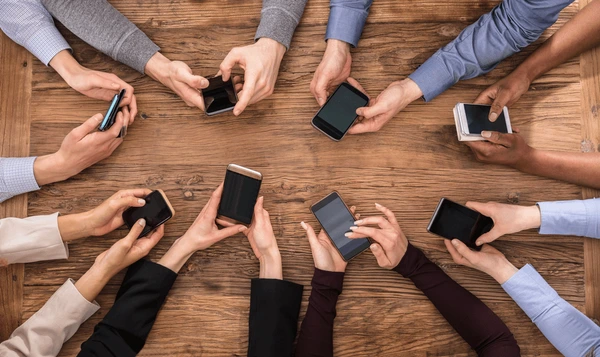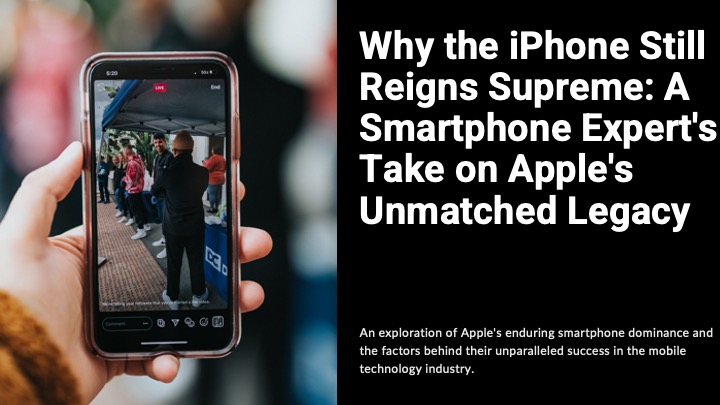The journey of mobile phone ownership reflects not just technological innovation, but a transformation in how society connects, works, and lives. From basic cellphones designed purely for calls to smartphones that serve as portable hubs for communication, information, and entertainment, the evolution has been remarkable. However, this change has also brought with it new patterns of dependency, with smartphones now deeply embedded in our daily lives.
Who Owns Mobile Phones?
In the early days of mobile technology, owning a mobile phone was a luxury. These devices were primarily used by business professionals and those who could afford the high cost of the hardware and services. Over the years, however, mobile phones have become ubiquitous. Today, more than 90% of Australians own a mobile phone, and the majority of these are smartphones.

This shift is largely attributed to the affordability of entry-level devices and the expansion of mobile networks to rural and remote areas. Younger generations, particularly those aged 18 to 34, are the most likely to own smartphones, but older age groups have also embraced the technology, especially as user interfaces have become more intuitive.

The Rise of Smartphone Dependency
Smartphone dependency has become a defining characteristic of the digital age. Dependency refers to the extent to which people rely on their devices for everyday tasks, ranging from navigation and online shopping to social interaction and work-related activities. Over the years, dependency has grown, fuelled by the constant accessibility of information and the seamless integration of apps into daily routines.

In Australia, research has shown that over 60% of adults check their smartphones within five minutes of waking up, and many find it difficult to go even a few hours without their device. This dependency is further amplified by the introduction of features like social media notifications, instant messaging, and personalised content, all designed to keep users engaged.
Who Is Smartphone Dependent?
While smartphone dependency spans all demographics, certain groups are more affected. Young adults aged 18 to 24 are the most likely to experience high levels of dependency, often tied to their use of social media and the need to stay constantly connected. For this group, smartphones are not just tools but extensions of their identities.

Professionals who rely on their devices for work are another dependent group. Features like email access, video conferencing, and productivity apps have made smartphones indispensable in the workplace. Additionally, parents often rely on smartphones to manage their children’s schedules, monitor safety, and stay connected with family.
Interestingly, older adults, while initially slower to adopt smartphones, have become increasingly reliant on them for health monitoring, navigation, and staying in touch with loved ones. This demonstrates how smartphones have bridged generational gaps, offering solutions tailored to the needs of different age groups.
Reflecting on the Future
As mobile technology continues to advance, it is worth reflecting on what this dependency means for our lives. While smartphones undoubtedly enhance convenience and connectivity, they also raise questions about screen time, mental health, and data privacy. Moving forward, fostering a balanced relationship with technology will be crucial.
Mobile phones have come a long way from their origins as tools for making calls. Today, they are indispensable devices that shape how we live and interact with the world. By understanding the patterns of ownership and dependency, we can better appreciate the impact of this technology and navigate its challenges responsibly.





